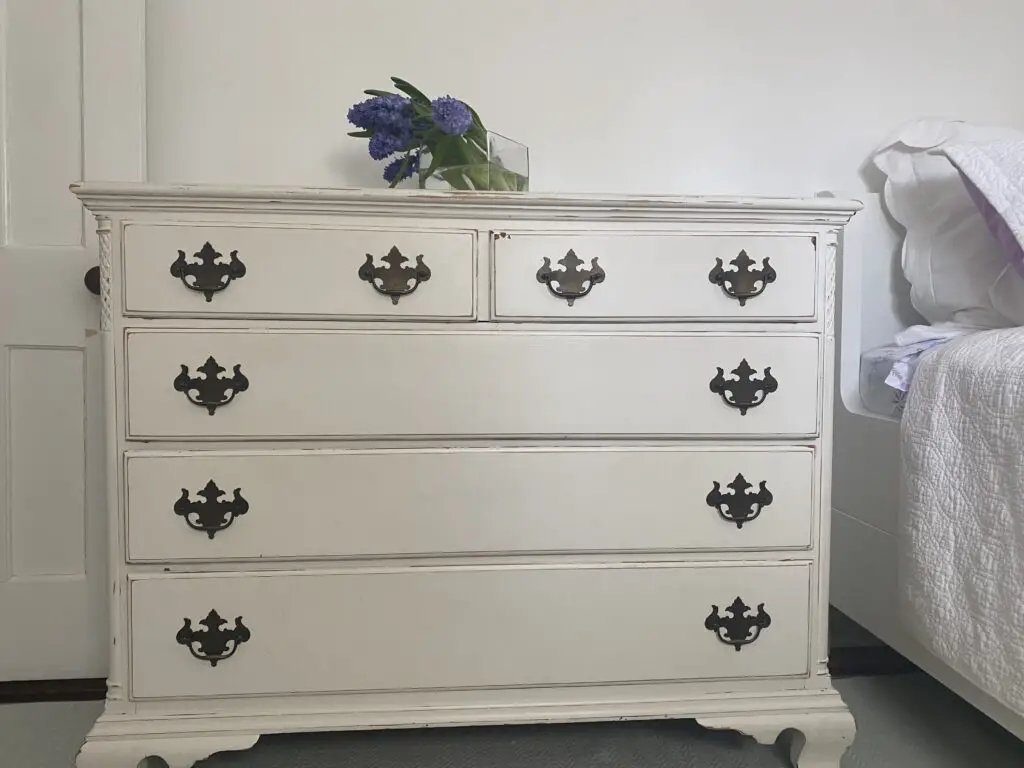Believe it or not, there is an art to obtaining a distressed or antiqued looking piece of furniture. Don’t worry though, lots of the techniques are simple DIY. If you are not much of a do-it-yourselfer, then hiring someone to refinish a piece to look old world is an option as well. Keep in mind this option can be pricier. Today it is easy to create a cabinet or piece of furniture that looks aged. There are distressing kits or other specialty products out there that make it simple. There are also DIY instructional articles and videos on websites that can help also. There are simple techniques using old and new products. Remember, one dramatic antique or distressed reproduction piece is all a room needs to set the mood and inspire your decor style. Adding a distressed or antiqued piece to a room can ground the space.
There is distressing and there is antiquing. How to know which method is best for your piece and your desired finished look? Let us simplify each process a bit for you before you dive deep into researching and beginning your reproduction process.
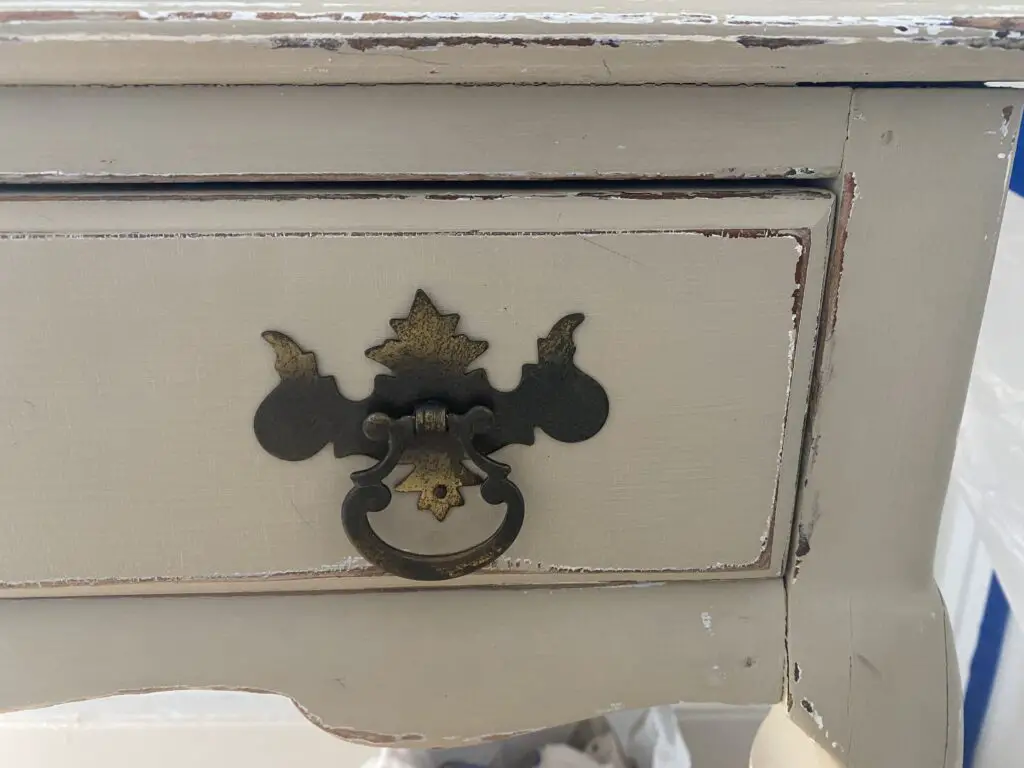
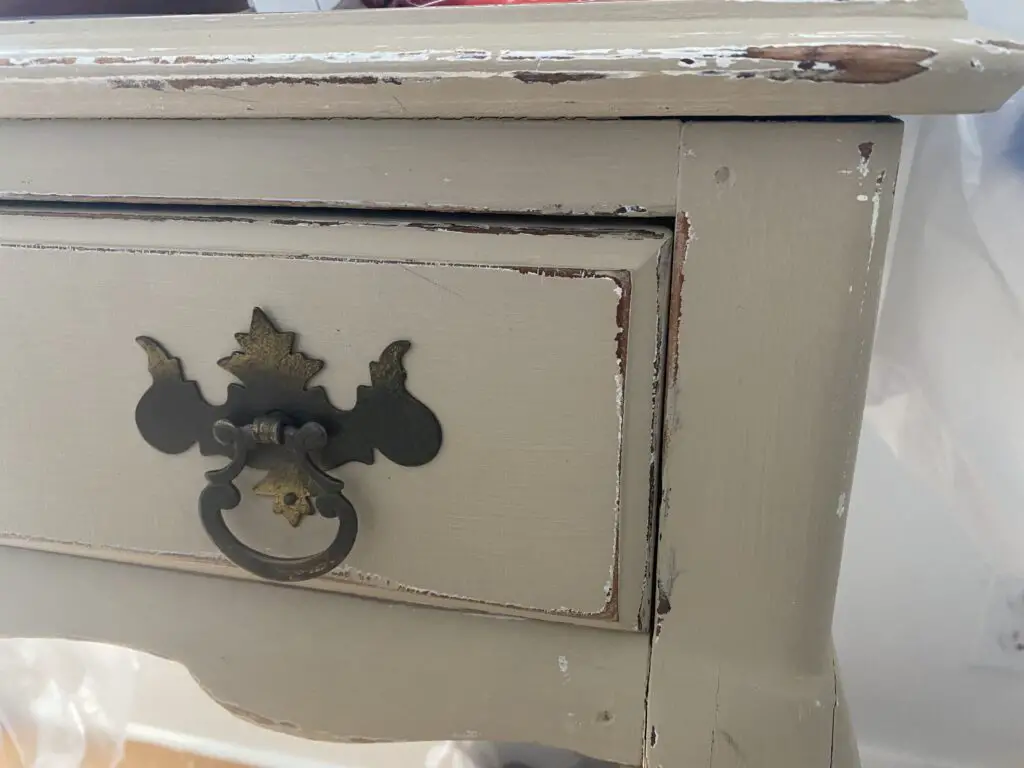
“Distressing” can be achieved by purposefully nicking, scratching and dinging surfaces. This can be done before or after a full “distressing” process. There are a few different approaches to consider, depending on how you want the finished product to look:
- Watered down paint –no sanding is necessary for this method. Simply mix white acrylic craft paint with water to a very watered-down texture. This option may be best for already dark-finished pieces.
- Layering paint – with this technique, you can paint your piece the main coat (with the color you’d like to be the one to show through). Then, paint over with another color using the watered-down paint technique from above. Once all is dry you will have obtained a distressed look.
- Dark Wax – this method produces the most dramatic results. Keep in mind that your color will be altered. It will look darker and very different once the dark wax is applied. To avoid too much darkening, you can use clear wax before applying the dark wax. FYI, a little wax will go a long way. Make sure you have the right brush (a large 2-in-1 round chalk and wax paint brush works great). Paint your entire piece in your desired color (preferably with a chalky paint, as those work best for the dark waxing method) and let it dry completely overnight. The next day, when totally dry, dip your brush LIGHTLY in dark wax and rub all over the piece in sections. After applying to one section, use a rag to wipe it off. Once this is finished, be sure the piece of furniture dries entirely. The final step is to take a light sanding paper and sand-down the edges slightly in order to finish out the desired look.
- Vaseline – this is a very easy method. Simply rub Vaseline in the places you want the furniture to look distressed. When you paint the piece, the paint will resist sticking to the Vaseline, thus leaving unfinished, undefined sections on your piece of furniture and giving it the distressed look once it has dried!
- Sanding – this is a very easy technique and if you already like the color of your piece then it would mean no painting required. If you are looking to change the color of the piece, first paint the furniture the desired color. Simply go back and sand areas and edges as light or as hard as you’d like to give it that weathered look.
- Vinegar is another method. This would require a bit of research. An option, but one to look into before executing.
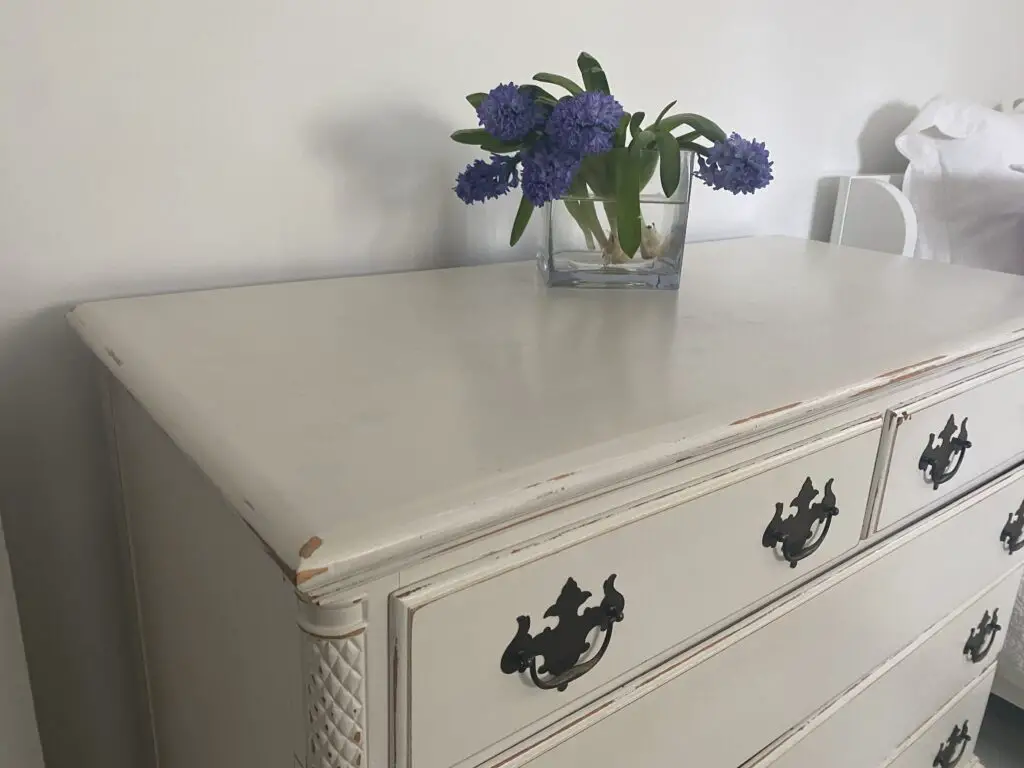
“Antiquing” furniture is a level up from distressing. With Antiquing, it is worth doing research and deciding which method would be best for you and your furniture piece. Antiquing transforms a piece into seeming even older than it is by simulating a damaged look using faux finishes or causing crackling of the finish. This can be done using paint, chalk paint, paint and stain, shoe polish (yes!), glaze and antique waxes. A little more involved and definitely a method that takes a bit longer.
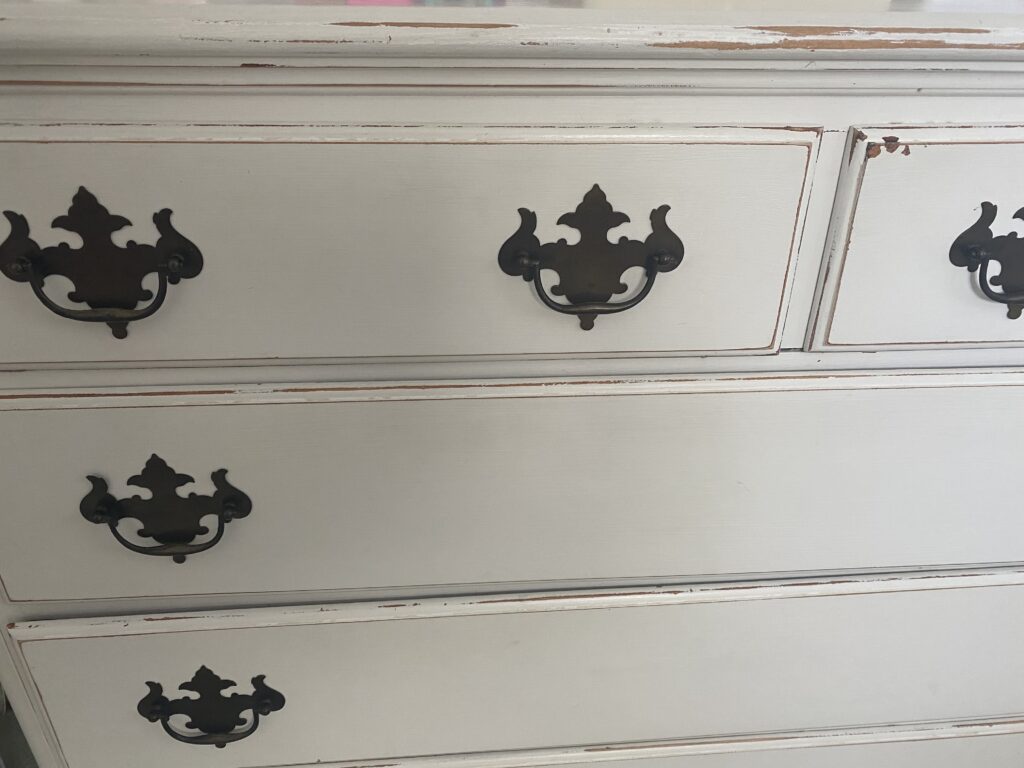
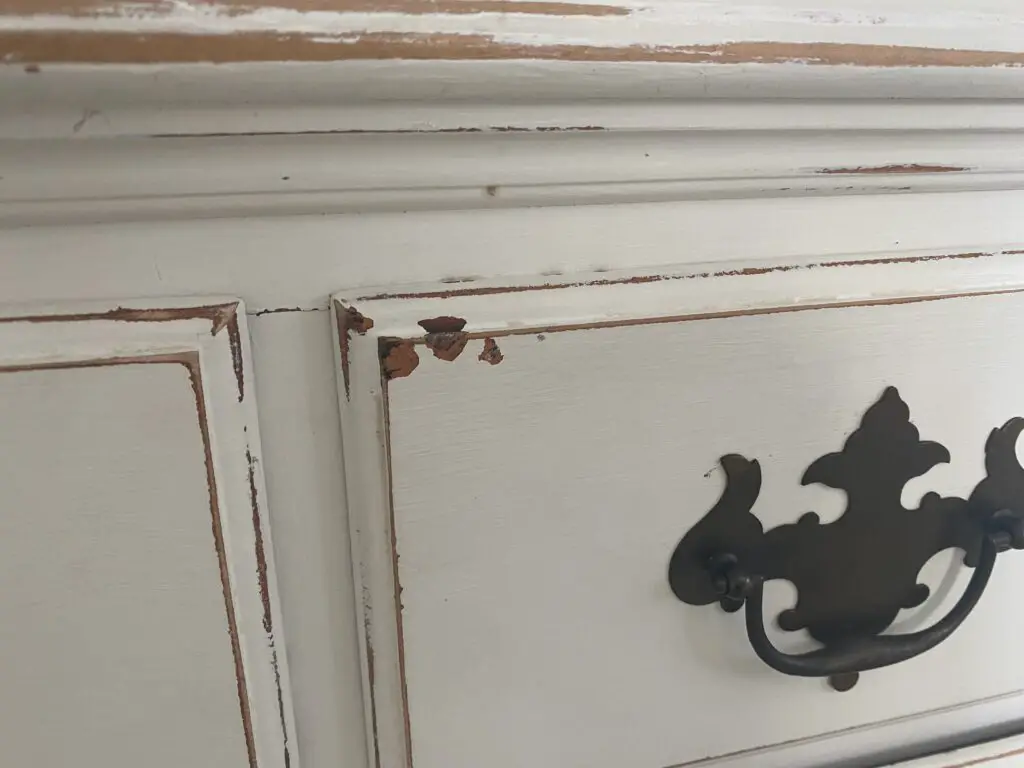
Whether you choose distressing or antiquing, be sure to choose a furniture piece that has character. For example, pieces with natural style such as Empire, American Farmhouse or French Provencal tend to look the best when distressed or antiqued. Hand-crafted and vintage pieces are well-suited for these techniques as well. A piece with minimal, dainty details such as beading or turned legs look the best distressed or antiqued, in our opinion. We tend to wonder what the “us” of years past would think about trying to manually obtain a weathered look in our décor style. Ambition leading to a sense of success and accomplishment. We like it.

